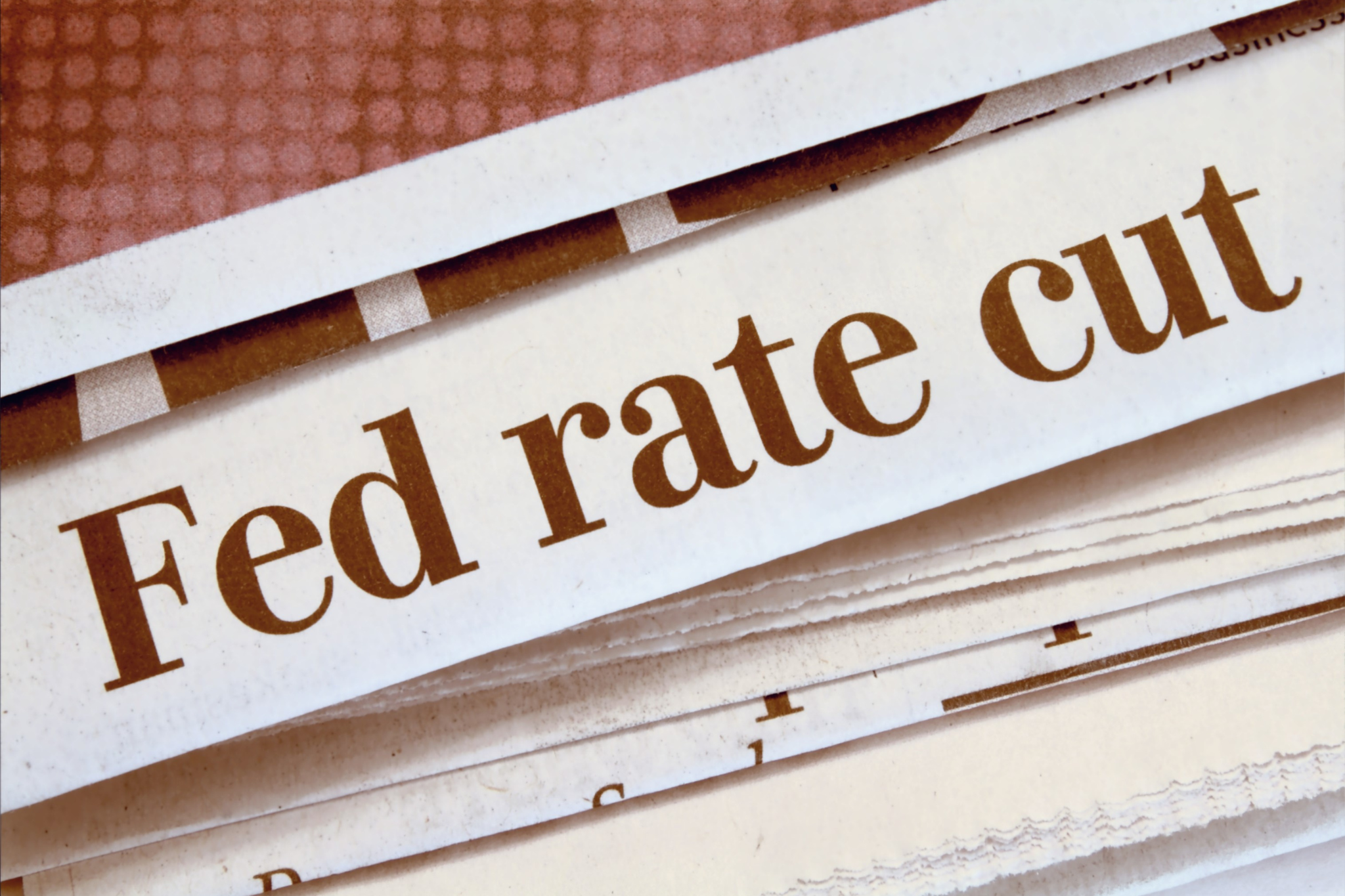Navigating a Fed Rate Cut: What It Means for Your Money and How to Respond
With the Federal Reserve hinting at a potential rate cut next month, you might be wondering how this could impact you. If you remember back in 2022, the Federal Reserve raised interest rates in response to rising inflation, causing mortgage rates and high-yield savings account rates to soar. So, what happens when the “Fed” cuts rates? Let’s break it down into bite-sized pieces.
What is the Federal Reserve, Anyway?
Think of the Federal Reserve as the financial backbone of the U.S. economy. It’s like a bartender responsible for keeping the party both lively and under control, but instead of mixing drinks, it’s dealing with money and banks. Established in 1913, the Fed’s job is to stabilize the economy by managing things like bank regulations, financial stability, and—most relevant to us right now—interest rates.
The Fed has a powerful tool called the federal funds rate, which is essentially the interest rate at which banks lend money to each other overnight. While this might sound abstract, this rate influences everything from the interest you earn on your savings account to the cost of your mortgage.
Why Does the Fed Control Interest Rates?
To put it simply, the Fed adjusts interest rates to keep the economy healthy. Imagine you have a sick pet; just as you’d adjust its medication dosage, the Fed changes interest rates to manage economic conditions. If the economy is overheating—with prices rising and spending out of control—the Fed might raise rates to cool things down. On the flip side, if the economy is sluggish, the Fed might lower rates to encourage more activity and spending.
Currently, the Fed is signaling a rate cut to give the economy a little boost—kind of like a small shot of espresso. But how does this translate to your daily life?
What a Rate Cut Could Mean for You
If the Fed decides to lower the federal funds rate in September, here’s how it might affect your financial situation:
- Savings Account and CD Rates: When the Fed cuts rates, banks often lower the interest they pay on savings accounts and CDs. This means the interest you earn on your savings could decrease. While that’s not ideal if you’re counting on that interest to grow your emergency fund, remember that lower rates can also reduce borrowing costs—more on that below!
- Credit Card Interest Rates: Credit card rates typically follow the prime rate, which often tracks the Fed’s moves. So, when the Fed cuts rates, your credit card interest rate might drop too. If you carry a balance, this could mean paying less in interest each month, giving you some extra breathing room to pay down that balance faster. Every little bit helps!
- Mortgage and Loan Rates: Mortgage rates are influenced by various factors, including the federal funds rate. A rate cut could lead to lower mortgage rates, though it doesn’t always happen right away. If you’re considering buying a home, refinancing your current mortgage, or even taking out a home equity line of credit for that long-awaited kitchen remodel, a Fed rate cut could make borrowing cheaper.
- Watching Out for Inflation: While lower interest rates can stimulate the economy, they can also lead to higher inflation over time. Think of inflation like a sneaky price hike on your go-to vet supplies—suddenly, everything costs a bit more. If you’re planning big purchases or managing expenses, keep an eye on inflation. Lower rates might offer some immediate financial relief, but you’ll want to ensure your long-term plans account for any rising costs.
How to Navigate a Fed Rate Cut
Here are a few strategies to consider:
- Rethink Your Savings Strategy: With potentially lower savings rates, consider diversifying where you park your cash. A high-yield savings account might still offer decent returns, but you might also want to explore other low-risk investment options.
- Consider Refinancing: With the possibility of lower rates, it might be worthwhile to explore refinancing options for your mortgage or other large loans. This could save you money on interest and help you allocate funds toward other priorities—like that dream clinic upgrade!
- Keep an Eye on Inflation: Stay vigilant about how inflation could affect your purchasing power. Whether it’s business or personal expenses, understanding how prices might change can help you budget more effectively.
Wrapping Up
Understanding the Fed’s moves can feel a bit like deciphering tea leaves, but it’s worth the effort! By staying informed, you can make smarter decisions about saving, borrowing, and spending. And remember, I’m here to help you navigate these changes and keep your financial health in top shape.
If you have any questions or need personalized advice, don’t hesitate to reach out—I’m here to help!












